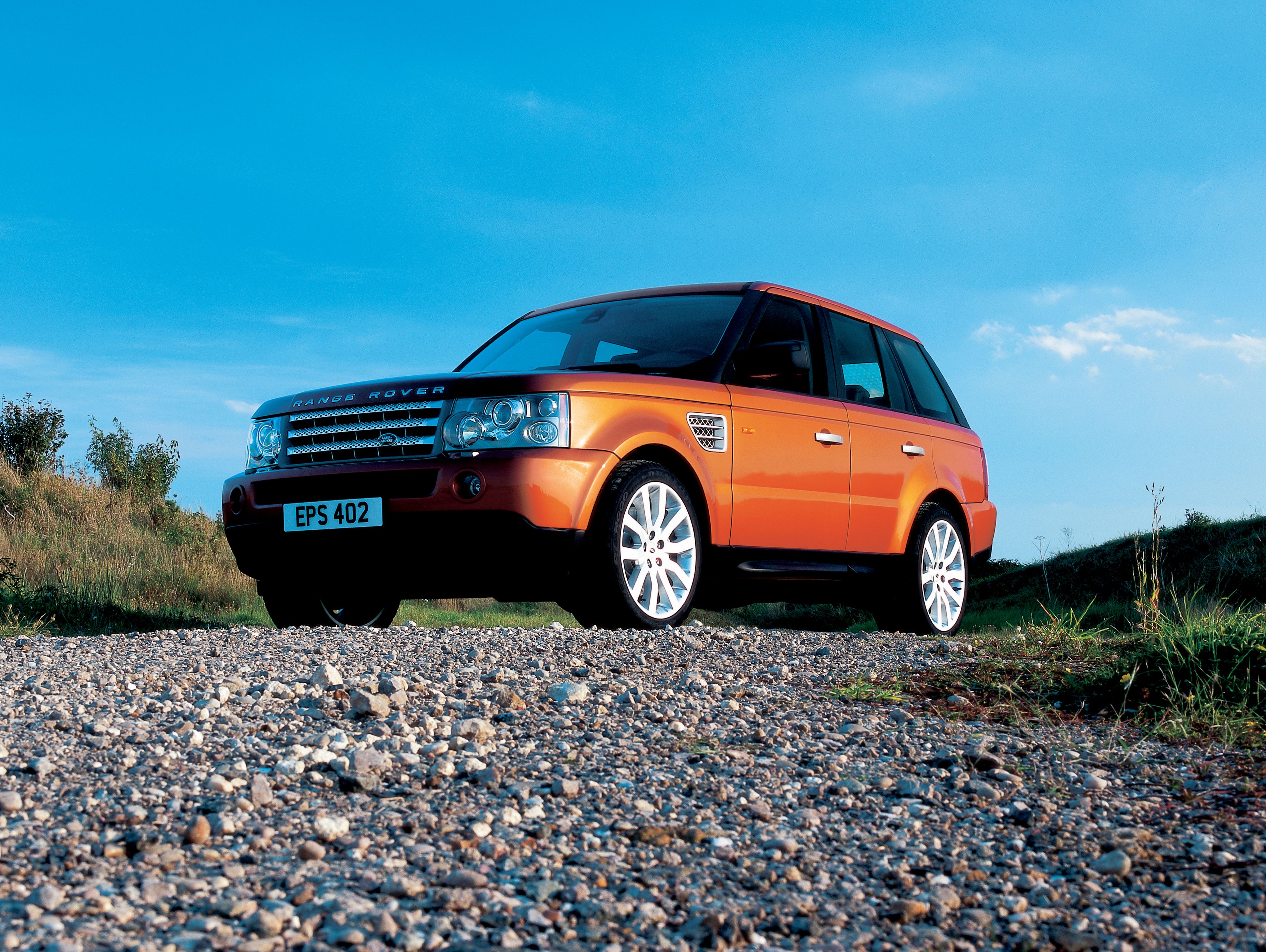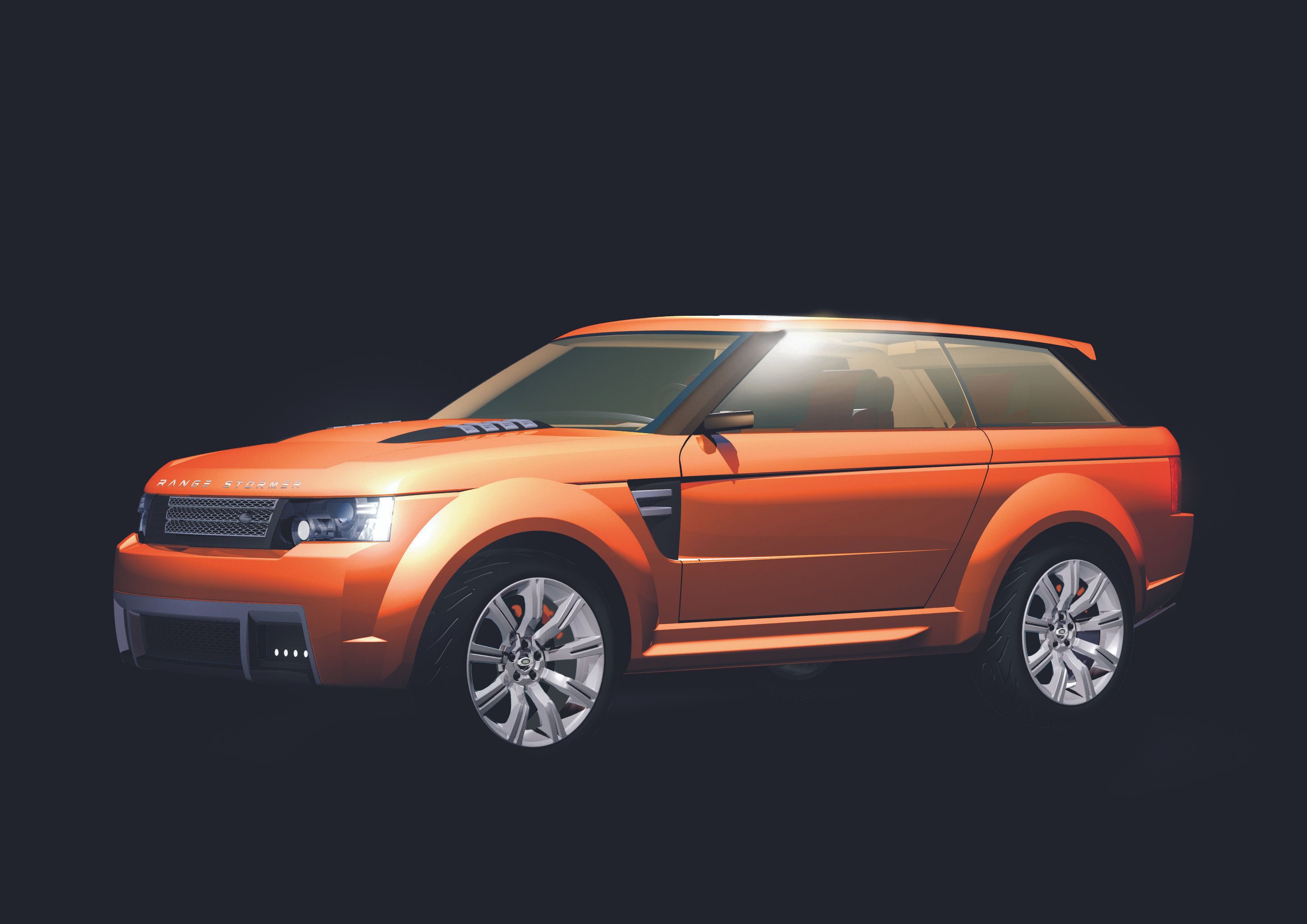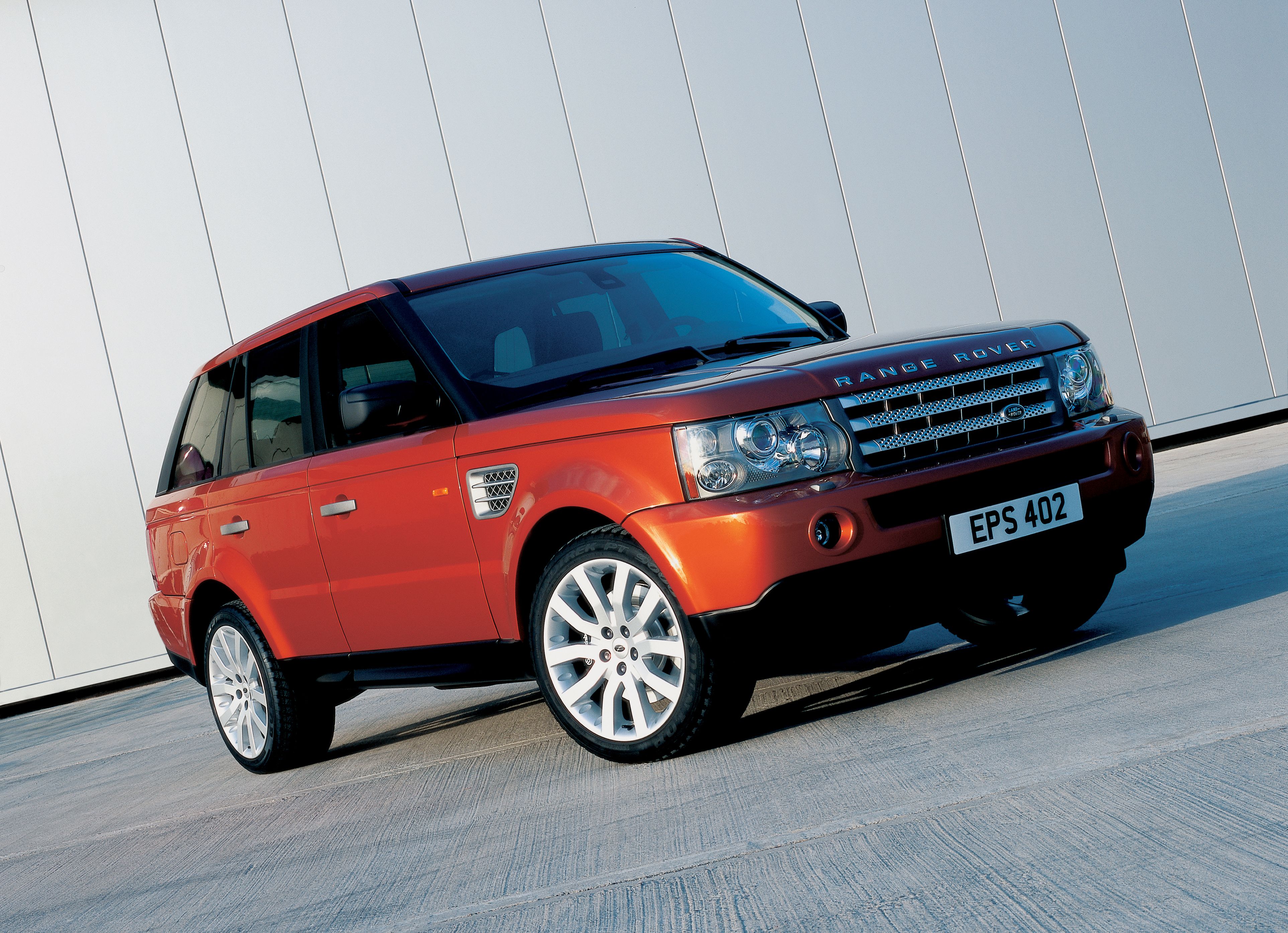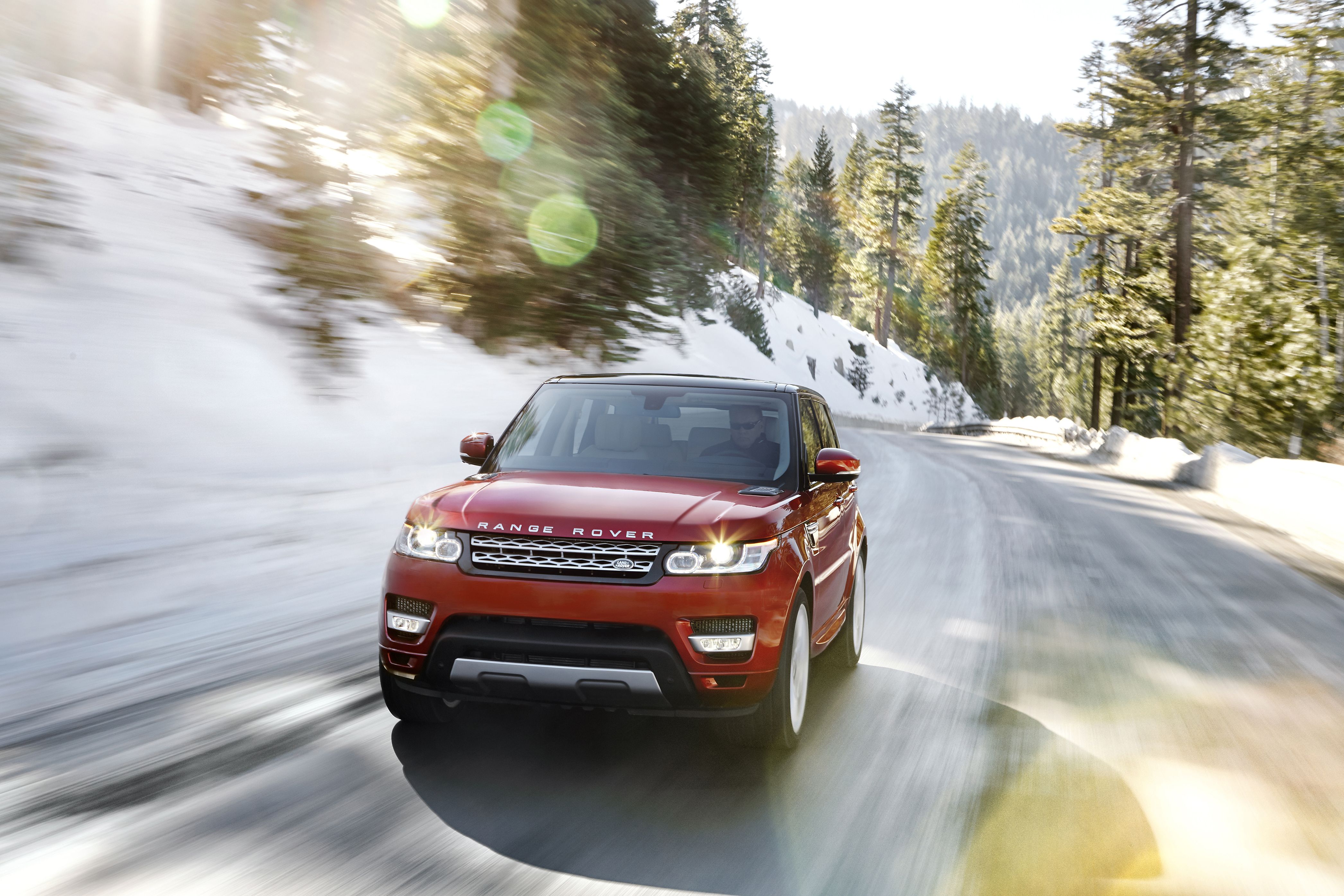Except for the highly exclusive GMC Syclone and the Lamborghini LM002, performance SUVs weren't a thing until Land Rover decided to step into the game. In 2004, Land Rover debuted a concept car called Range Stormer at the North American International Auto Show, and the rest is history.
Tracing the Genesis
Many people like to give credit to Porsche for pioneering this segment. Porsche might have been ahead of the curve when it launched the Cayenne in January of 2005, nearly five months before the launch of the RR Sport, but the Sport was arguably a lot more successful in capturing the "Sporty" image. As a result, it was instrumental in giving rise to the highly successful high-performance SUVs that followed.
But first, let's take a stroll down memory lane. The original Range Rover was launched in 1969 as a stand-alone model which is now a brand in its own right with arguably more recognition than the parent company Land Rover. Modern-day Range Rovers have morphed into prestige vehicles, and most owners will never take them off-road, even though they continue to be some of the most capable off-the-shelf off-roaders currently on sale.
Jeremy Clarkson rightly pointed out that, unlike other high-end Sport Utility Vehicles that are designed primarily for on-road use and then given some off-road capabilities, a Range Rover is designed as an off-roader first, and then it's given the capability to ride on the road, and this approach is what separates this behemoth from the hoy-ploy of extravagant SUVs.
Range Rover lineup's runaway success story
Currently, there are seven vehicles in Land Rover's portfolio, out of which four models carry the Range Rover badge, which include the pint-sized Evoque, the Velar, of course, the RR Sport, and then the full-fledged Range Rover. As per CNBC's report, The sales of the Range Rover models, combined, accounted for 70-percent of Land Rover's total sales, but the more baffling part is the fact that out of all Range Rover models, the flagship Range Rover accounts for 70-percent of sales. 1994 saw a major shift in the brand's philosophy when BMW bought the British Rover group, and with it, the Land Rover brand. The changes made by BMW were instrumental in shaping the brand's current image of exclusivity and luxury, and all the pop-culture stardom.
In 2001, the third-gen Range Rover debuted, designed with major inputs from BMW, and marked the biggest shift in Range Rover's design direction. Some of these changes seemed questionable at the time, including the introduction of the monocoque chassis - a strict no-no for hardcore off-road enthusiasts. This SUV would become the basis for the very first Range Rover Sport.
In 2005, the Range Rover Sport debuted under Ford's ownership and offered the fans of the big Range Rover a faster, sportier, and more importantly, a cheaper entry point into the Range Rover lineup. It was something that the people never asked for, but upon introduction, they fell in love with the idea of a fast luxury Range Rover.
Powering this all-new performance SUV was a series of engines ranging from the sensible 2.7-liter Ford Lion V-6 diesel to a 4.2-liter supercharged V-8 churning 385 horsepower and 410 pound-feet of torque. The latter managed to propel this 5,379-pound SUV to 60 mph in a smidge over seven seconds. Despite sharing its T8 platform with the third-generation Discovery, it was a Range Rover through and through.
In 2008, Ford sold Land Rover and Jaguar to India's Tata Motors. This gave rise to yet another paramount shift in the brand's philosophy, including the introduction of two new models in the Range Rover lineup, the Evoque, and most recently, the Velar. 2010 marked the introduction of the first facelift, and along with it, the introduction of a more powerful HSE variant powered by JLR's 5.0-liter, supercharged V-8 making 510 horsepower and 406 pound-feet of torque. The RR Sport packed more than just performance, its Terrain Response system combined with the air suspension and the electrohydraulic active anti-roll bars made it supremely capable both on and off-road.
Cayenne vs. Range Rover Sport - tracing the real pioneer
But, the Range Rover Sport was not uncontested, since Porsche did beat Land Rover to the punch when it set out to make the Cayenne, which promised to be a Porsche first, and an SUV second, and everything about this approach was perfect except for the Cayenne's polarising looks which ended up being the downfall of an otherwise fantastic premium SUV. As a result, it received a lot of criticism even though it was objectively superior to the RR Sport in many areas, especially in terms of outright performance and driving dynamics.
However, the RR Sport captured what people wanted from a performance SUV. Apart from the looks which can be traced as the biggest reason for its downfall, the Cayenne was also not as capable an off-roader as the RR Sport. The combination of the mature and elegant Range Rover looks and the go-anywhere capabilities meant that the RR Sport managed to outshine its contemporary rival, and the early sales figures prove just that.
The Cayenne went on sale in January 2005 while the Range Rover Sport started deliveries by July of 2005. Despite that, the Cayenne was never as successful as the RR Sport. By 2006, Range Rover was moving nearly twice as many units as the Cayenne, and the figures stayed consistently higher in most years as depicted below. However, if it's outright performance you seek, the Cayenne is as good as they come, and the 2022 Cayenne Turbo GT is one of the quickest SUVs with its 189 mph top speed.
Range Rover Sport vs Porsche Cayenne - sales numbers
|
2005 |
10,441 units |
13,607 units |
|---|---|---|
|
2006 |
18,757 units |
10,569 units |
|
2007 |
16,989 units |
12,547 units |
|
2008 |
8,340 units |
11,216 units |
|
2009 |
9,269 units |
7,735 units |
The second-gen Range Rover Sport was announced on 27 March 2013 at the New York Auto Show, and it managed to kick things up several notches. The second-gen was even closer to the full-fledged Range Rover in terms of equipment levels, quality, and capability, thanks to the all-aluminum shell that was shared with the full-fat Range Rover. As a result, it weighed nearly half a ton less than its predecessor. This generation also saw the introduction of the Range Rover Sport SVR, which happened to be the auto marque's most powerful SUV yet with 575 horsepower on tap, which lends it a deeply impressive 0-60 mph time of just 4.7 seconds.
With the recently unveiled third-generation model lineup, the Range Rover Sport is without a doubt one of the most successful vehicles in the Range Rover lineup, only second to the flagship Range Rover itself. And, after seventeen years, it's safe to say that the Range Rover Sport has inspired a whole new breed of SUVs from Mercedes AMG, BMW M, and many other brands. Even the Urus, somewhere deep down, owes its existence to the Range Rover Sport more than the Cayenne on which it's based. Here's a closer look at the latest 2022 Range Rover Sport and how it compares to the second-generation model.




